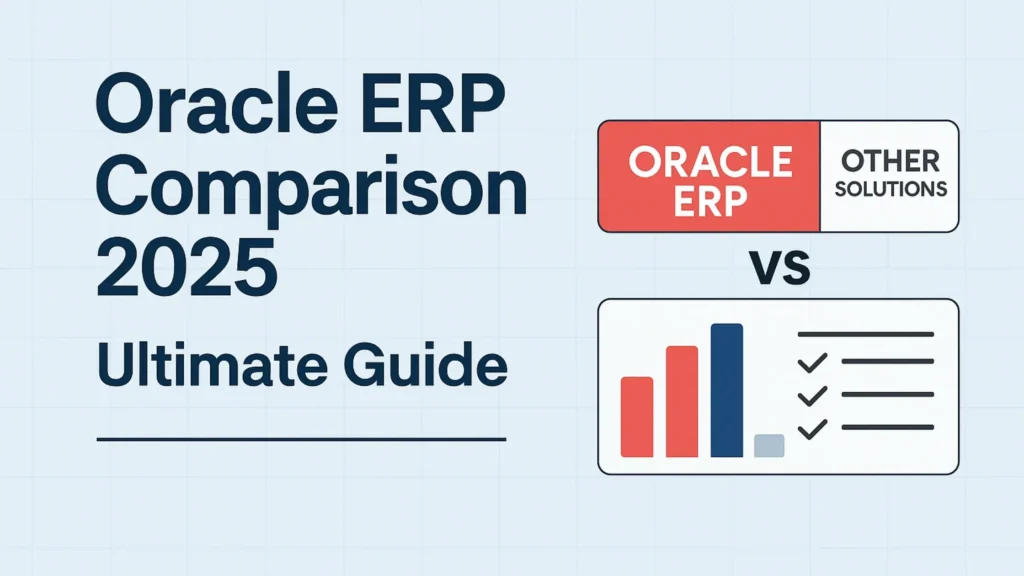Cloud technology is now a reality that is changing how businesses operate. For companies using SAP on-premise systems, moving to the cloud offers a chance to modernize their operations, cut costs, and gain the flexibility they need to stay competitive.
SAP cloud migration refers to moving SAP applications, data, and workloads from on-premise infrastructure to cloud-based platforms. Whether through public, private, or hybrid cloud, this transformation enables businesses to unlock agility, innovation, and scalability.
Many industries are now focusing on digital strategies. Moving to the SAP S/4HANA cloud is not just an IT upgrade; it is an important step for building a strong and ready-for-the-future business.
Benefits of SAP Cloud Migration
Migrating SAP to the cloud offers organizations measurable improvements in efficiency, cost savings, and agility.
Cost Efficiency
Running SAP on the cloud reduces the need for expensive on-premise infrastructure and lowers ongoing maintenance costs. Businesses pay only for the resources they use, making IT expenses more predictable.
Scalability and Flexibility
With SAP Cloud ERP, companies can scale up or down according to business demand. Seasonal industries, for example, can add capacity during peak demand and scale back afterward.
Real-Time Analytics and Innovation
The cloud environment enables real-time data processing and advanced analytics. This ensures faster decision-making, while integration with AI and IoT opens new opportunities for innovation.
Enhanced Security and Compliance
Cloud providers invest heavily in cybersecurity. Businesses benefit from advanced encryption, access controls, and compliance with global regulations such as GDPR, HIPAA, and ISO standards.
In short, the benefits of SAP cloud migration go beyond IT efficiency — it is a driver of digital transformation.
Key Considerations Before Migration
Before starting a cloud migration journey, organizations should assess their readiness.
Assessing the Current SAP Landscape
Every business has a unique SAP environment. Conducting a detailed assessment of applications, databases, and integrations is crucial for identifying what should be moved, restructured, or retired.
Data Security and Governance
Data is at the core of any SAP migration strategy. Clear governance models and security protocols should be defined to protect sensitive business information.
Choosing Between Public, Private, or Hybrid Cloud
- Public cloud: Cost-effective, scalable, and widely adopted.
- Private cloud: Dedicated environment for businesses needing strict security.
- Hybrid cloud: Combines both, offering flexibility for complex environments.
The right choice depends on industry regulations, budget, and long-term business goals.
SAP S/4HANA Cloud Migration
Why SAP S/4HANA?
SAP S/4HANA cloud migration is at the center of most modernization strategies. As SAP phases out ECC support, businesses must migrate to S/4HANA by 2027 to continue receiving support.
S/4HANA enables:
- In-memory processing for real-time analytics
- Simplified workflows across business functions
- Improved user experience through Fiori apps
- Better integration with cloud-native technologies
Migration Approaches
- Greenfield (New Implementation):
- Start fresh in the cloud, ideal for businesses that want to redesign processes from scratch.
- Brownfield (System Conversion):
- Move existing SAP systems to the cloud with minimal changes, preserving investments in current processes.
- Hybrid (Selective Transformation):
- Combine both approaches by retaining valuable processes while adopting modern capabilities.
Choosing the right path depends on cost, timelines, and the complexity of current systems.
Challenges in SAP Cloud Migration
While the advantages are clear, businesses often face challenges during the transition.
Data Migration Complexity
Transferring massive amounts of historical and operational data securely to the cloud requires careful planning and the use of the right tools.
Integration with Legacy Systems
Many enterprises still rely on legacy applications. Ensuring seamless integration between cloud-based SAP and existing systems is critical.
User Adoption and Training
Technology is only effective when employees use it effectively. Training programs and change management strategies are crucial for ensuring the adoption of new workflows.
👉 Recognizing these SAP cloud migration challenges early helps businesses develop strategies to mitigate them.
Best Practices for SAP Cloud Migration
Roadmap Planning
Develop a clear roadmap that outlines the migration phases, timelines, and responsibilities. This ensures alignment between IT and business goals.
Partnering with the Right SAP Service Provider
Working with an experienced SAP cloud transformation partner accelerates migration, reduces risks, and ensures best practices are followed.
Phased Migration for Minimal Disruption
Migrating in stages allows organizations to test systems, train staff, and address issues before scaling across the enterprise.
Continuous Monitoring and Optimization
Post-migration, regular monitoring ensures performance, cost control, and compliance are maintained.
👉 Following these SAP migration best practices minimizes risks and maximizes value.
Real-World Use Cases
Automotive Industry
A global automotive leader moved its SAP workloads to the cloud, achieving 30% faster reporting cycles and reducing infrastructure costs by 20%.
Retail Sector
A retail chain adopted SAP S/4HANA cloud migration to unify its finance and supply chain systems, enabling real-time inventory tracking and improved customer experiences.
Pharmaceutical Company
A pharmaceutical enterprise migrated its SAP system to a private cloud to meet regulatory requirements. This ensured compliance while improving collaboration across R&D teams worldwide.
These SAP cloud migration success stories showcase the tangible benefits of transitioning to the cloud.
Future of SAP in the Cloud
The future of SAP lies firmly in cloud-based ecosystems. As businesses embrace digital transformation, cloud SAP systems will be central to innovation.
Role of AI and Machine Learning
Predictive analytics, demand forecasting, and anomaly detection will become standard features of cloud-enabled SAP platforms.
IoT Integration
Connected devices provide real-time data streams, enabling businesses to optimize their supply chains and production lines.
SAP and Industry 4.0
Cloud migration enables manufacturers to fully embrace Industry 4.0, including smart factories, automation, and connected operations.
👉 The future of SAP ERP in the cloud is not just about efficiency, but about reshaping industries for growth and innovation.
Conclusion
SAP cloud migration is more than a technical project — it is a strategic initiative that enables organizations to embrace the future. From cost savings and scalability to real-time analytics and Industry 4.0 readiness, the benefits are clear.
While challenges exist, businesses that plan effectively, choose the right partners, and follow best practices can ensure a smooth transition. As the deadline for SAP ECC support approaches, moving to SAP S/4HANA cloud migration is an opportunity companies cannot afford to ignore.
At Everite Solutions, we help businesses design, plan, and execute successful SAP migration strategies. With deep expertise in SAP cloud transformation, we ensure your journey is seamless, secure, and future-ready.
👉 Ready to take the next step? Contact Everite Solutions today and start your migration journey with confidence.







